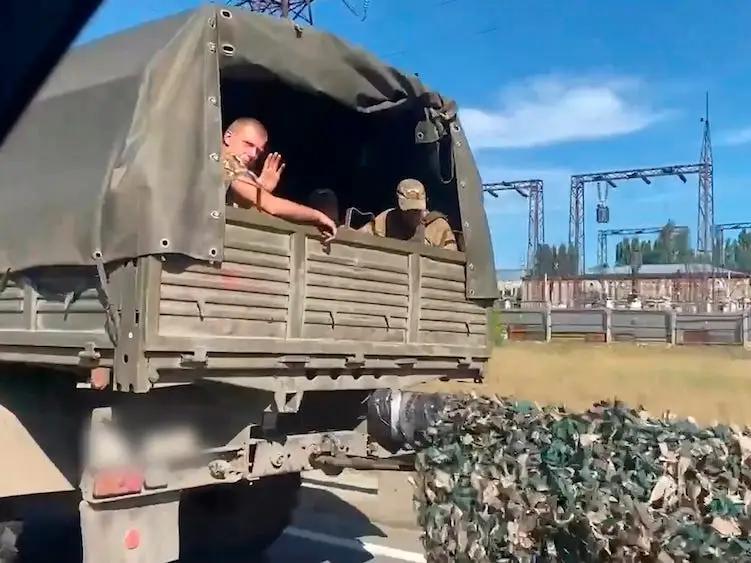Physical Address
304 North Cardinal St.
Dorchester Center, MA 02124
Physical Address
304 North Cardinal St.
Dorchester Center, MA 02124

Ukrainian forces have taken advantage of significant disorganization within Russia’s border defenses to launch a surprise attack on the Kursk region, catching Russian military officials off guard. Analysts suggest that convoluted military structures and unclear leadership contributed to Russia’s inability to mount an effective defense.
According to a briefing from the Soufan Center, these issues have severely hampered Russian forces in responding to the Ukrainian incursion. Reports indicate that Ukraine managed to capture as many as 74 settlements in Kursk, encompassing an estimated 380 square miles of territory.
Evidence suggests that Russian troops in the area were not adequately prepared for such an assault. Reports indicate that Ukrainian forces predominantly engaged Russian conscripts, many of whom quickly deserted under the pressure of the attack. A soldier on the Ukrainian side remarked on encountering “mainly kids doing their mandatory service,” highlighting the lack of experienced soldiers in the Russian ranks.
As Ukrainian forces advanced, there were reports of panicked civilian evacuations, illustrating the chaotic situation on the ground. Patrick Bury, a military analyst from the University of Bath in the UK, noted that while Russia was taken by surprise, Ukraine likely invested weeks in carefully planning this operation. He detailed how Ukrainian forces skillfully navigated heavy battlefield surveillance to amass a significant grouping of armored vehicles, tanks, and essential support systems needed for a robust offensive.
Despite apparent knowledge of the Ukrainian troop build-up, Russian high command, including army chief Valery Gerasimov, took little action to prepare for the incoming assault. In response to the situation, Russian President Vladimir Putin convened a public meeting on Monday and directed his troops to counter the Ukrainian incursion.
Dara Massicot, a defense expert at the Carnegie Endowment for International Peace, elaborated on the structural weaknesses within Russia’s military organization in a thread on social media. As of Monday, there was still no established headquarters for what Russia termed a “counter-terrorist operation,” nor was there clarity about who was supposed to lead it.
In a subsequent development, it was reported that Putin appointed a close aide and former bodyguard to oversee the Russian response. Massicot emphasized how Ukraine has effectively exploited the confusion surrounding responsibilities within multiple agencies: the FSB, responsible for internal security; Rosgvardia, the national guard; and the Ministry of Defense.
These bodies are believed to have overlapping tasks, which led to a lack of coordinated response. The FSB was originally designated to protect the border, while the defense ministry’s responsibilities included handling Ukrainian incursions into Russian territory. Furthermore, recent reorganizations of military districts contributed to the disarray faced by Russian forces in Kursk.
Just months ago, the military district overseeing Kursk was split into two parts, complicating operational capabilities. Meanwhile, another military grouping, referred to as the Northern Operational Group, had its focus shifted from defense to support for the Russian invasion, leading to troops being stuck near Ukraine’s second-largest city, Kharkiv, unable to provide assistance to protect Kursk.
Massicot succinctly summarized the situation, stating, “Someone in Ukraine knew where to press.” The unfolding events in Kursk continue to highlight the vulnerabilities within the Russian military framework, suggesting a degree of preparation and strategic execution on the part of Ukrainian forces that has rattled the Kremlin.
Source: Business Insider



